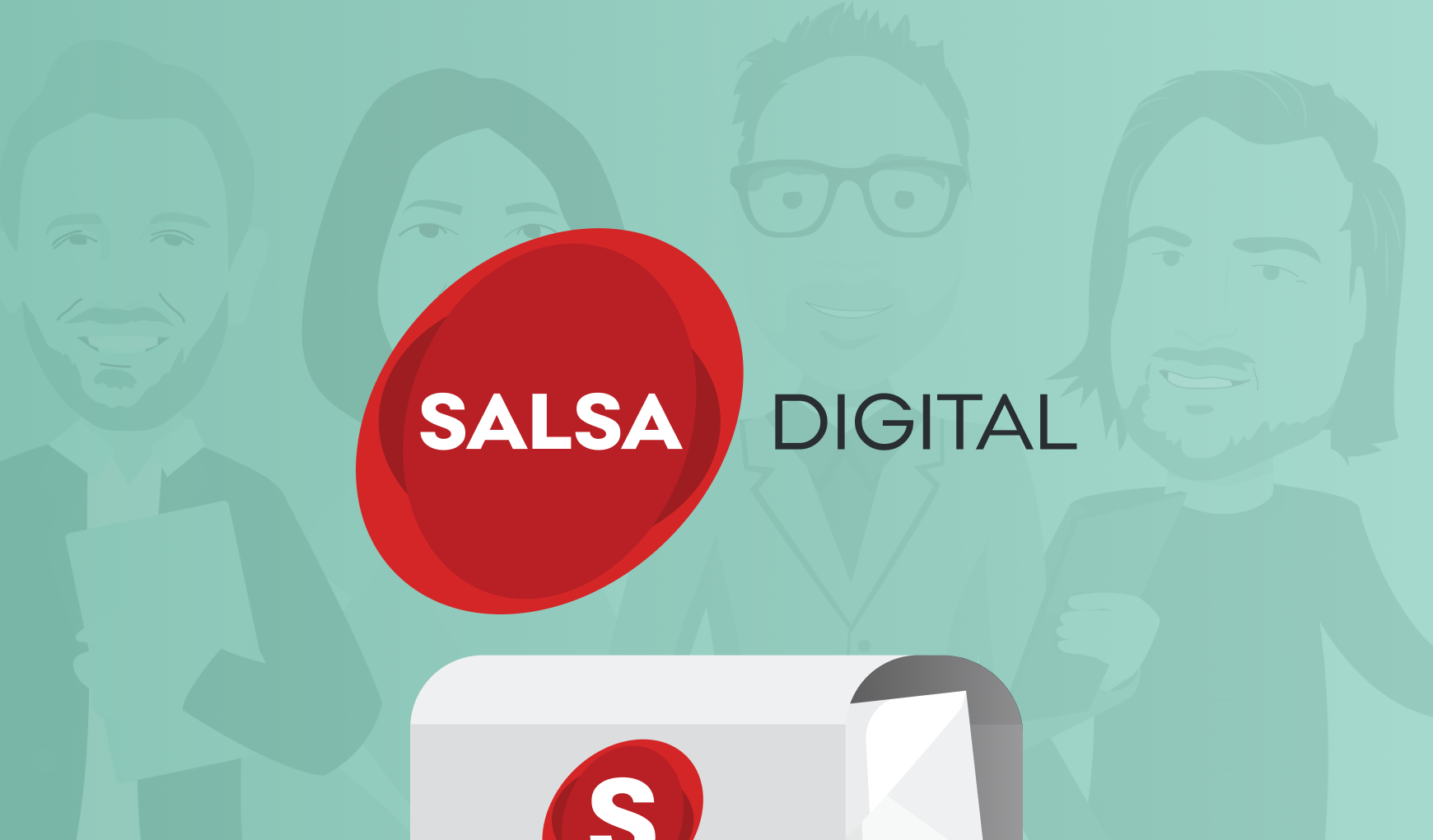Recently I was at an airport running to get from one terminal to another, I knew where I needed to be but I had never been there before. I was stressed because my flight had landed late so I knew I had to get to my connecting flight quickly. Not knowing the airport, I was relying on:
- My ticket which stated what terminal I need to be at
- The pilot, who gave a brief explanation that there was a second terminal in walking distance outside the terminal I was in
- The signs directing me to the terminal
Everything was going well until I ended up in the parking lot… frustrated and confused. I then had to backtrack, and think about which sign it was that was not correct. I guessed which one and then walked past it, hoping that there would be another sign soon that would be correct. In the end I was fine, and I managed to get the flight as they were calling my name.
You might be wondering how this relates to web design? Well, basically a successful website will direct their traffic efficiently to their destination with little frustration and ease.
Considered taxonomy is crucial in deciding your navigation. Keep it clear, concise and obvious.
Use simple language that everyone will understand.
Iconography can help. But an icon needs to actually be identifiable to assist in a direction. Sure they can look good, but if you are relying on them to direct the user to something it is best to use an icon they have seen before. I must admit, I can’t stand it when I go to the bathroom and a restaurant/bar has tried to get creative with the image of the male and female identifiers. I’m sorry but if I have to look at BOTH signs and then make a decision based on what I think it more masculine or feminine it defeats the purpose. Worse still, what if I decide through the wrong door…
Use consistent methods throughout. Using colour can help direct a person through your site. If you consider road signs: red means stop, whether it is a traffic light or a sign your identify it as having to stop, orange means you slow down, and green good to go. They are used consistently allowing little confusion. Using colour consistently can help if it has been used thoughtfully.
These are just route-finding tips that you apply to help your audience navigate through your site. Similarly to an airport, people arrive at different points; you need to consider that a homepage is not always the first contact point. Think about your audience and keep it simple for them to understand when they land at any point on your site.

